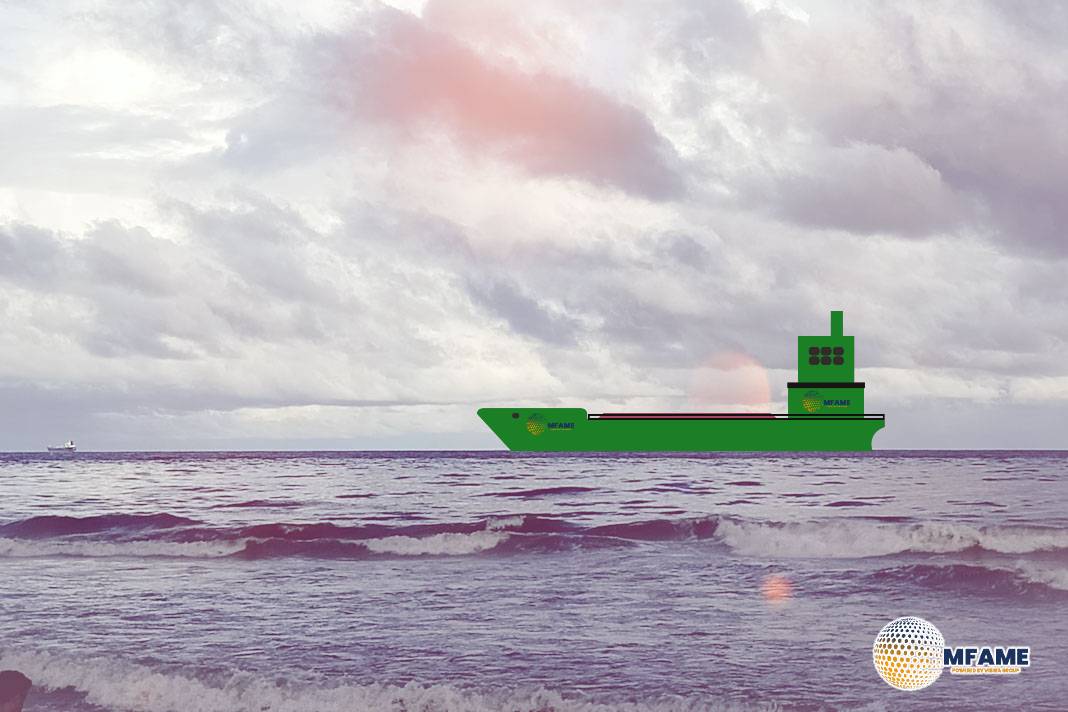In 2024, the total amount of international freight moving through ports (both imports and exports) rose by less than 1%, reaching 334.5 million tonnes. At the same time, domestic port traffic fell by 6% to 86.1 million tonnes. International exports specifically dropped by 1% compared to 2023, continuing a long-term downward trend that began in 2000.
Overall UK Port Freight Trends in 2024
Historically, imports have consistently exceeded exports, with notable sharp decreases during the 2008 recession and the 2020 COVID-19 pandemic. It’s important to note that sea transport is the primary method for moving international freight by weight, accounting for around 85% of goods, but only about 55% of the total value, as it is typically used for heavier, lower-value items.
Short Sea Traffic Trends
Short sea routes, which handle maritime traffic within Europe and the Mediterranean, accounted for 68% of the UK’s international tonnage traffic in 2024. Traffic on these routes saw a modest increase of less than 1%. The European Union (EU) remained the largest trading region, making up 53% of all international tonnage traffic.
- Dry Bulk: Short sea dry bulk traffic increased by 5%, contrasting with a decline in the UK’s overall dry bulk trade. This was primarily driven by a surge in exports of ores, with Turkey being the largest partner country and accounting for the most significant increase.
- Liquid Bulk: Short sea liquid bulk traffic experienced the largest absolute decline of any cargo group, falling by 1%. Exports of crude oil, particularly to the Netherlands, contributed most to this decrease. However, exports of oil products to the Netherlands saw a substantial 11% increase, making the Netherlands the UK’s top source for oil product imports. This trend is linked to rising demand for oil imports after the ban on Russian oil.
Deep Sea Traffic Trends
Deep sea traffic, which involves routes across oceans to Africa, the Americas, Asia, and Australasia, aligned with the overall UK trends for 2024, with declines in liquid and dry bulks and increases in container and other general cargo. The United States was the UK’s largest deep sea trading partner, accounting for 40% of the traffic.
- Trade with the USA: The USA was the UK’s biggest partner for bulk traffic, making up 60% of all deep sea liquid bulks and 47% of dry bulks. Contrary to the overall deep sea trend, trade with the USA saw substantial increases in both liquid and dry bulks. Imports of crude oil and oil products drove the liquid bulk increase, while imports of other dry bulk goods accounted for almost all of the dry bulk increase.
- Container Traffic: Deep sea container tonnage increased by 2 million tonnes, driven by imports. This continues a steady increase seen since 2022. China was the largest deep sea partner for container traffic, with its traffic increasing by 1 million tonnes, representing half of the total container increase on deep sea routes. Deep sea Ro-Ro (Roll-on/Roll-off) unit traffic, almost all of which was vehicles, remained stable, with a slight increase in imports and a decrease in exports.
Did you subscribe to our Daily newsletter?
It’s Free! Click here to Subscribe!
Source: UK Gov

















